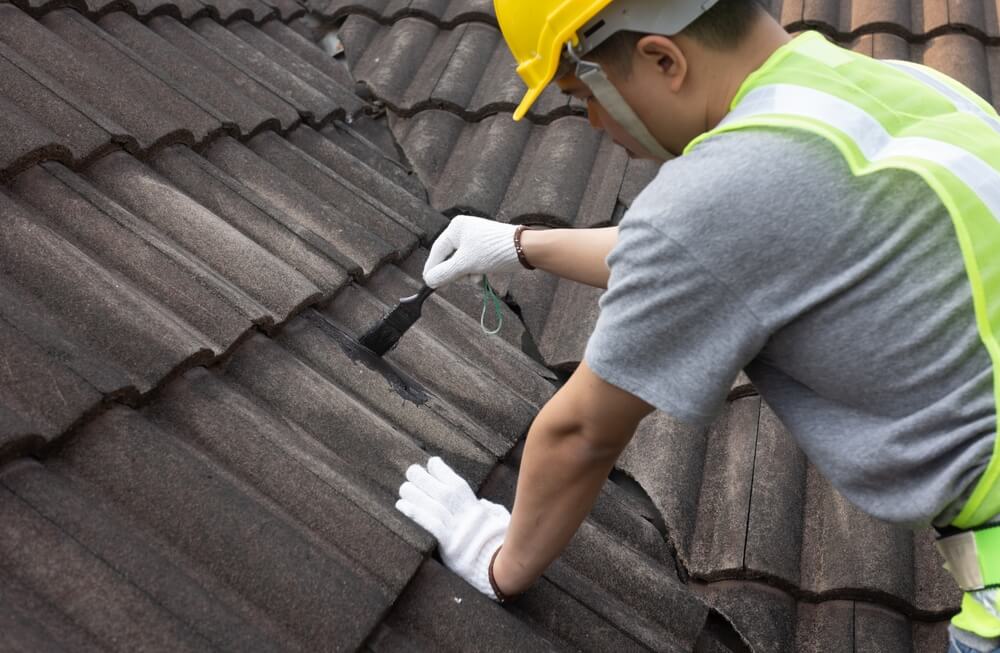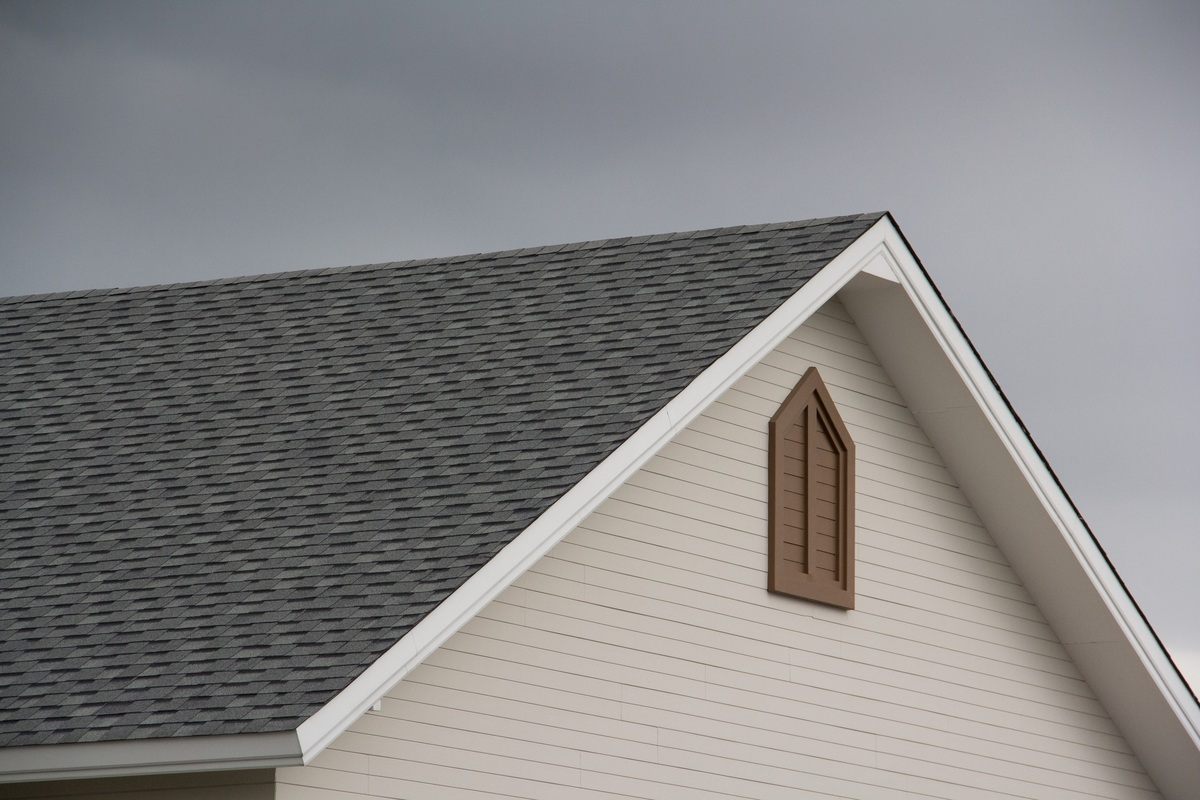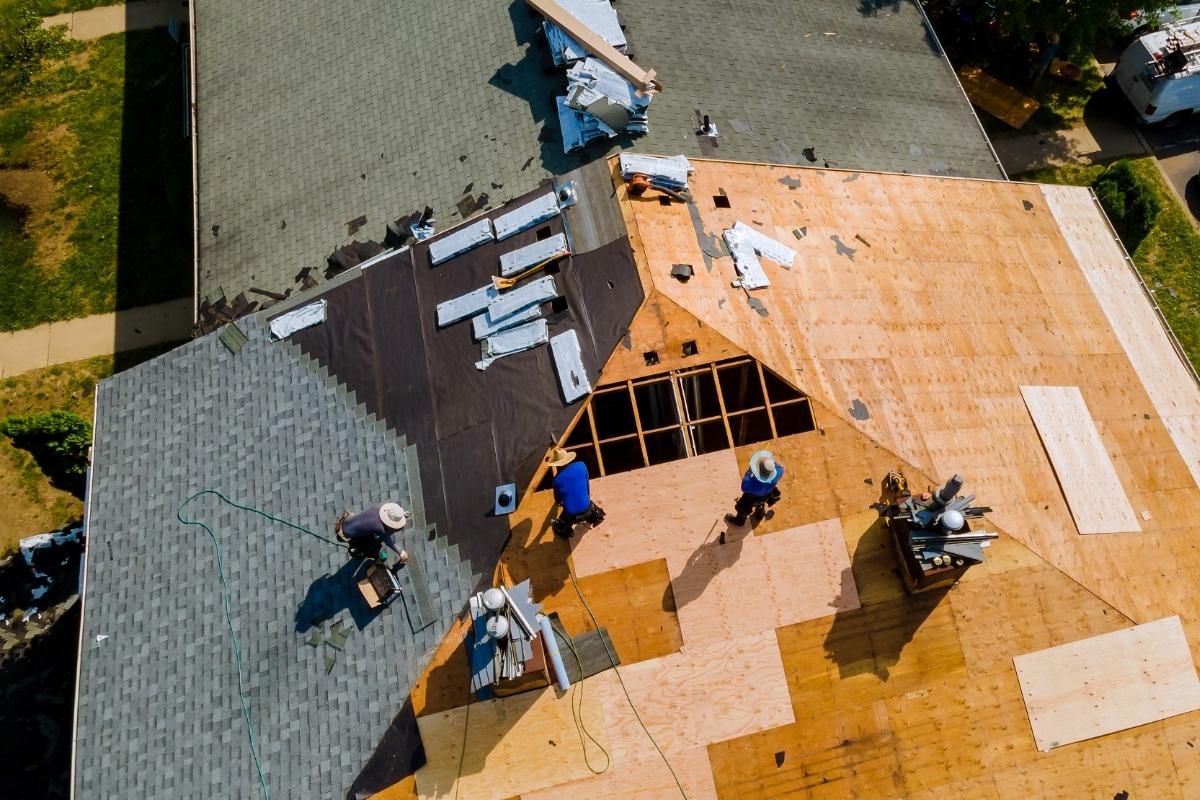Nothing ruins a cozy evening at home quite like the sudden realization that there’s a leak in your roof. You hear the telltale drip, see a damp spot on the ceiling, and panic sets in. But don’t worry, finding and fixing a roof leak isn’t as daunting as it might seem. In this guide, we’ll walk you through the steps to locate the source of the problem and provide practical tips on how to fix it.
What Causes Roof Leaks?

Roofs are designed to be durable and weather-resistant, but over time, even the best roofs can develop leaks. Common causes include aging roofing materials, which can become brittle, crack, or lose their waterproofing ability. Storm damage from high winds, hail, and heavy rain can also cause significant damage to roofing materials, leading to leaks. Additionally, poor installation can also result in leaks. Regular maintenance is crucial to ensuring the longevity of your roof.
How to Find a Roof Leak
Finding the exact location of a roof leak can be challenging, but with a systematic approach, you can pinpoint the source.
Inspect the Attic
Start by checking the attic for signs of water intrusion. Look for water stains, mold, and wet insulation. Use a flashlight to examine the underside of the roof decking. If you see water stains, follow them uphill along the rafters to find the source.
Check for Penetrations
Roof leaks often occur around penetrations like chimneys, vents, and skylights. These areas are more vulnerable because they involve cutting holes in the roof. Inspect the flashing around these penetrations for gaps or damage.
Examine the Roof Surface
If the attic inspection doesn’t reveal the source, you’ll need to examine the roof surface. Use binoculars to look for damaged shingles, missing granules, or other signs of wear. Pay special attention to valleys, where two roof planes meet, as these areas are prone to leaks.
Use a Garden Hose
If you still can’t find the leak, a garden hose can help. Have someone inside the attic with a flashlight while you spray water on the roof. Start at the lowest point and work your way up, focusing on one small area at a time. This can help you identify the exact spot where water is entering.
How to Fix a Roof Leak
Once you’ve found the source of the leak, it’s time to fix it.
Patch Small Holes
For small holes or punctures, use roofing cement or a patching kit. Clean the area around the hole, apply the patch or cement, and press it firmly into place. This should provide a temporary fix until a more permanent solution can be implemented.
Replace Damaged Shingles
If you have damaged or missing shingles, replacing them is often the best solution. Carefully remove the damaged shingle, apply roofing cement to the new shingle, and slide it into place. Nail it down and seal the edges with more roofing cement.
Repair Flashing
Damaged flashing around chimneys, vents, or skylights can be repaired by applying roofing cement or replacing the flashing altogether. Make sure the new flashing is securely in place and sealed to prevent future leaks.
Clean and Maintain Gutters
Clogged gutters can cause water to back up and seep under the roof. Regularly cleaning your gutters and ensuring they are properly attached can prevent this issue. Install gutter guards to keep debris out and water flowing freely.
Preventing Future Leaks
Preventing roof leaks is all about regular maintenance and prompt repairs. Schedule regular inspections by a professional at least once a year to catch any potential problems early. Clean your gutters regularly to keep them free of debris and prevent water buildup. Trim overhanging branches to prevent damage to your roof and provide a pathway for pests. Address minor issues like missing shingles or minor leaks promptly to prevent them from becoming major problems.
Conclusion

Dealing with a roof leak can be stressful, but by following these steps, you can find and fix the problem effectively. Regular maintenance and prompt repairs are key to ensuring your roof remains in good condition for years to come. The sooner you address a leak, the less damage it will cause, saving you time, money, and a lot of headaches in the long run. If you need professional assistance, don’t hesitate to contact DryTech Exteriors today for expert help.




